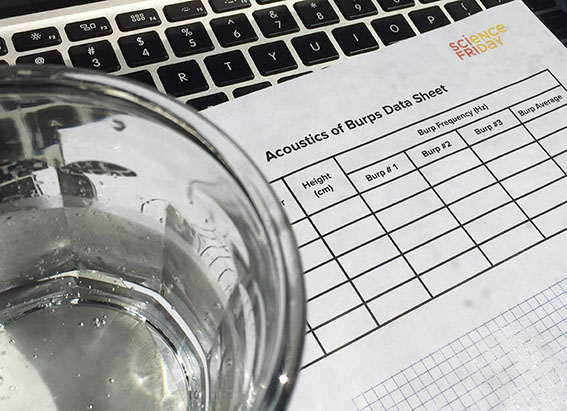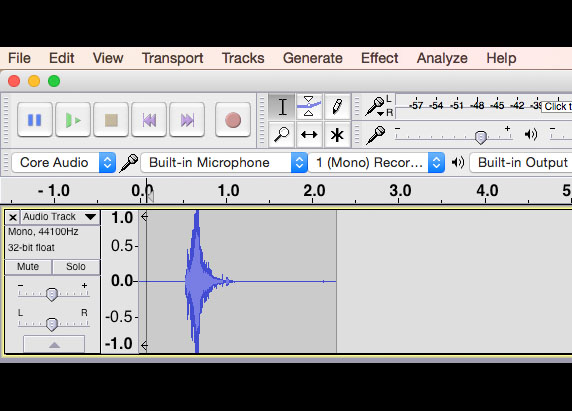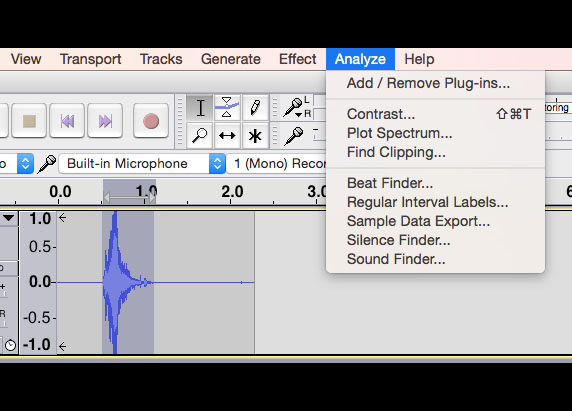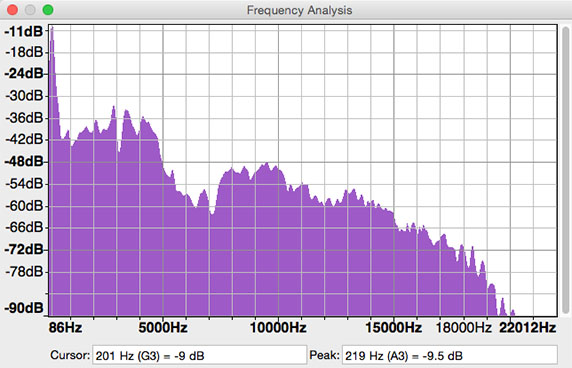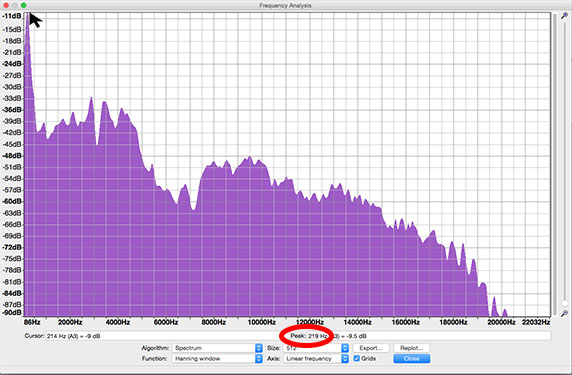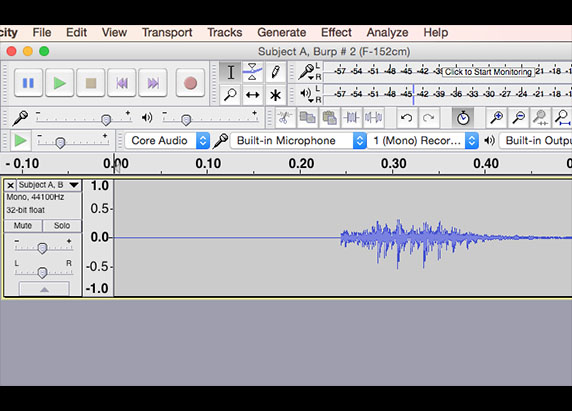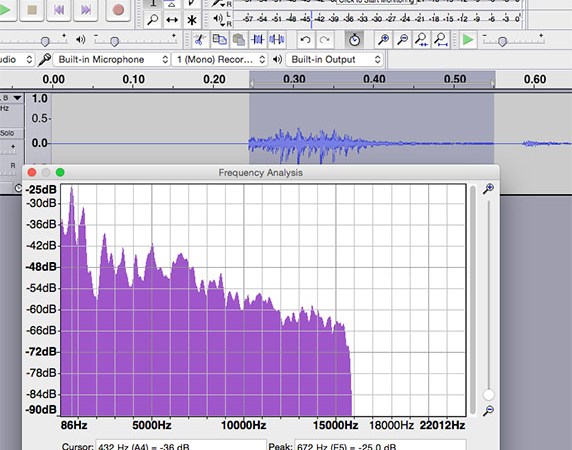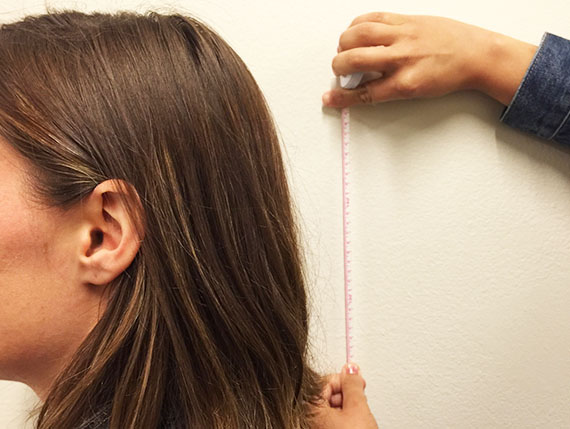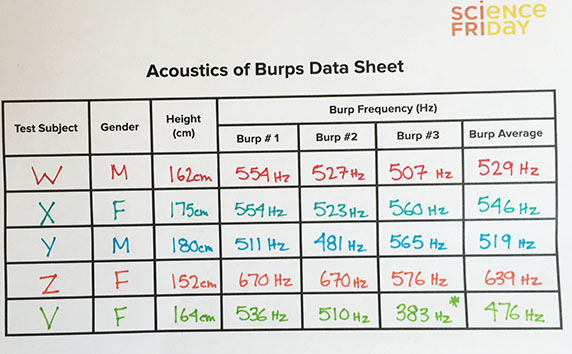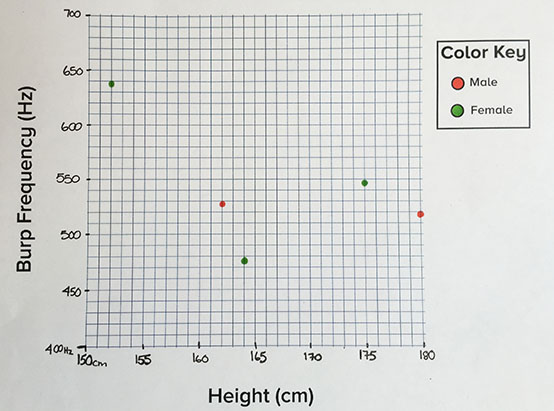Grade Level
6 - 8
minutes
15 min - 1 hr
subject
Life Science
Activity Type:
data collection, graphing data
You’ve heard the plaintive meow of a cat and the guttural growl of a lion. Ever wonder why those two felines sound so different?
Bioacoustics is the study of the relationship between living things and sound. This includes animal sound production, transmission, and reception. Animal sounds are recorded in the field or in the laboratory with microphones (in air) and hydrophones (in water). These devices pick up sound vibrations and convert them to electrical signals. These electrical signals are recorded, then analyzed using computer software. By studying animal sounds as they relate to animal behavior, anatomy, and physiology, scientists can use acoustics to answer broader questions about animal ecology and evolution.
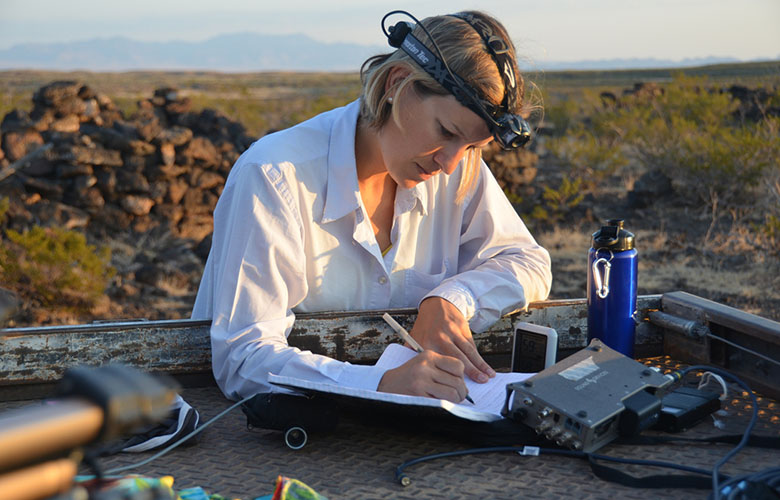
A great example of a bioacoustics study is to analyze the relationship between the size of organisms and the acoustics, or sounds, that they make. As you can see in the graph below, body size in the animal kingdom is typically inversely proportional to the frequency—what we hear as pitch—of animals’ calls. That means that bigger animals generally produce lower-frequency sounds than smaller animals do.
Let’s think about two animals with dramatically different body sizes: the moose and the rat. An average bull moose (Alces americanus) has a mass of 541 kilograms, in contrast to the 0.5 kilograms of an average brown rat (Rattus norvegicus).
Based on size, which animal would you expect to make a low-pitched sound?
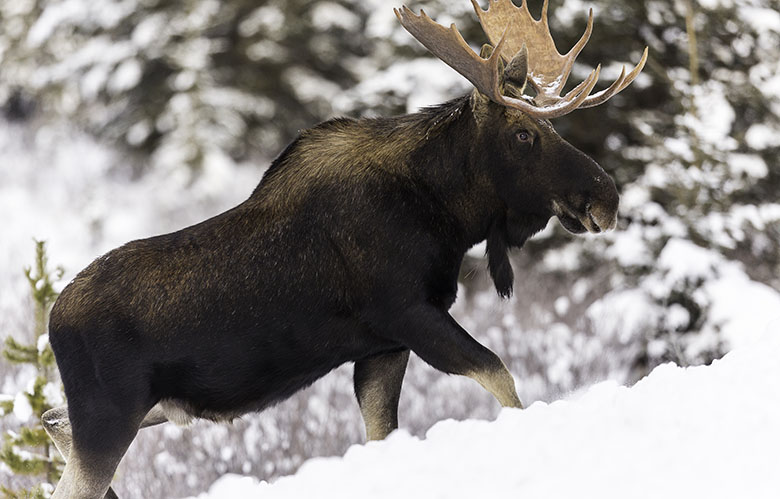

Listen to the sound of the moose and the sound of the rat below:
Based on the sounds, which animal produces sound at a higher frequency, or pitch?
Let's Investigate
Some species also demonstrate sexual dimorphism in their acoustic signals, meaning males produce different acoustic signals than females. This effect is something we clearly hear in humans: many adult males have lower-pitched voices than adult females.
In this activity, you will investigate how height and gender affect the acoustic signals of some of the most unusual sounds a human can make—burps!
Here are some burps from Science Friday, if you need more data!
Discussion Questions
- Do you notice any trends related to height and burp peak frequency? What about gender and burp peak frequency?
- Describe if and how the peak frequency of burps changed depending on height or gender. Why do you think the frequency did or didn’t change?
- Think back to the moose and the mouse. Do your results support the concept that body size, in this case height, is inversely proportional to the sound frequency (Hz) found in the animal kingdom?
- What other factors do you think might change the peak frequency of a burp?
- Say you wanted to burp with a higher pitch. What would you change about your burping style? Why?
Design your own investigation to explore how body size, age, and/or gender relates to human sounds. What other factors could you investigate that may affect the frequency of human sounds? Besides burps, can you think of another sound that humans make that you could study for the sake of comparison? After you have designed your study, collect your data, graph them, and reflect on whether your results support your predictions.
Further Exploration of Bioacoustics
- Further explore the acoustics of human speech with the activity “Exploring Human Speech”.
- Explore age related differences in sound with other animals, bears!
- Explore how bioacoustics are used to understand the echolocation of dolphins or the echolocation of bats.
Animal Sounds Resources
- FindSounds
- Discovery of Sound in the Sea
- AnimalSounds.org
- Macaulay Library —need a login to request sound files
Educator's Toolbox
Meet the Writer
About Laura Kloepper
@ProfLKloepperLaura Kloepper is an Assistant Professor in the Department of Biology at Saint Mary’s College in Notre Dame, Indiana.

